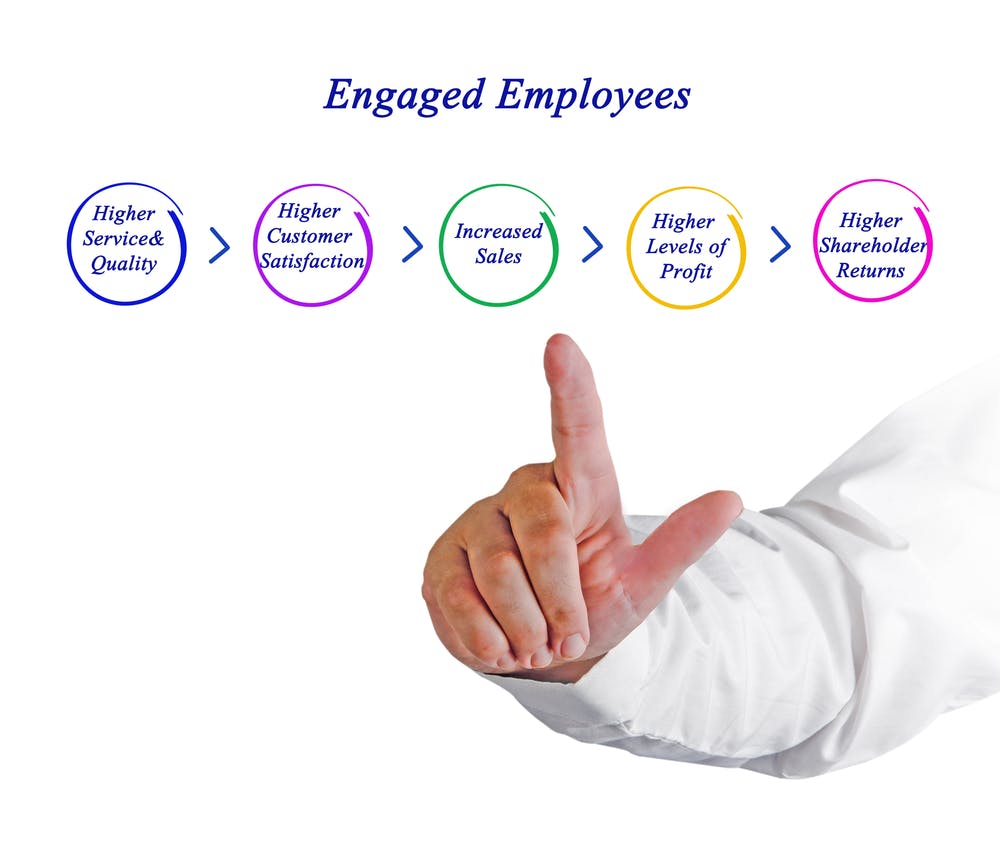Editor’s Note: It’s an annual tradition for TLNT to count down the most popular posts of the previous 12 months. We’re reposting each of the top 25 articles between now and January 2nd. This is No. 9 of 2016. You can find the complete list here.
Many leaders have spent countless hours hoping for business to return to pre-recession vitality levels.
They’ve waited for something to rescue them from the seemingly endless challenges they’re facing on a daily basis, and wondered where the next big breakthrough is that will finally snap the economy out of the doldrums and set their organizations back onto the path of prosperity.
But some leaders knew the breakthrough would come from someone, not something. These leaders tapped the resources of their employees and encouraged them to help navigate the challenges and economic uncertainty.
And their organizations have weathered the bumps better than most as they positioned themselves advantageously for better days ahead. They knew the solution to more innovation, cost savings, increased profitability, organizational growth and more satisfied and loyal customers was right under their noses all along.
Engagement is critical to business success
 A wealth of research from the Gallup Organization supports that statement and goes on to validate that engaging your employees or your customers generates up to two-and-a-half times the financial gains than if you didn’t invest in engagement. If you optimize engagement levels in both customers and employees, you can more than double those gains again.
A wealth of research from the Gallup Organization supports that statement and goes on to validate that engaging your employees or your customers generates up to two-and-a-half times the financial gains than if you didn’t invest in engagement. If you optimize engagement levels in both customers and employees, you can more than double those gains again.
Willis Towers Watson uncovered similar results. Companies with engaged employees enjoy a 19% increase in operating income; without engagement, operating income decreases 30%. (That’s a variance of almost 50% and could well mean the difference between surviving the next downturn — or not.) They also found a 15% improvement in engagement levels led to a 2% improvement in operating margins — an advantage few leaders can afford to ignore.
Just about everything a company needs to do to succeed is driven by the people connected with your organization – your customers, suppliers, and most especially your employees. Each one of those groups can contribute to your success – or detract from it – and there’s no escaping the fact that your organization’s future depends on how well you engage them behind your corporate objectives.
Increasing employee commitment levels can lead to a 57% improvement in their discretionary effort, which can then lead to a 20% improvement in overall performance, according to the Corporate Leadership Council.
The power of an engaged workforce
The power of an engaged workforce is so strong that Quantum Workplace has discovered a significant relationship between employee engagement levels and economic indicators like unemployment rates, the Dow, consumer sentiment, and even fuel prices.
If you’re still not convinced about the benefits of investing in your employee assets, please consider:
- Gallup says customers are affected by their experience with your employees three to six times more than any of your other marketing initiatives
- 27% of consumers determine your company’s commitment to corporate social responsibility based on your treatment of employees, and 76% make purchasing decisions based on your employee treatment, per the National Consumers League.
- Willis Towers Watson found that good human capital practices are consistently a leading indicator of corporate financial performance.
Taking action now to more fully engage your employees will help you reinvigorate your organization and recover more quickly from the next, inevitable downturn.
Your employees are your cavalry, and they’re just waiting for you to lead them in charging up the hill to corporate success!
